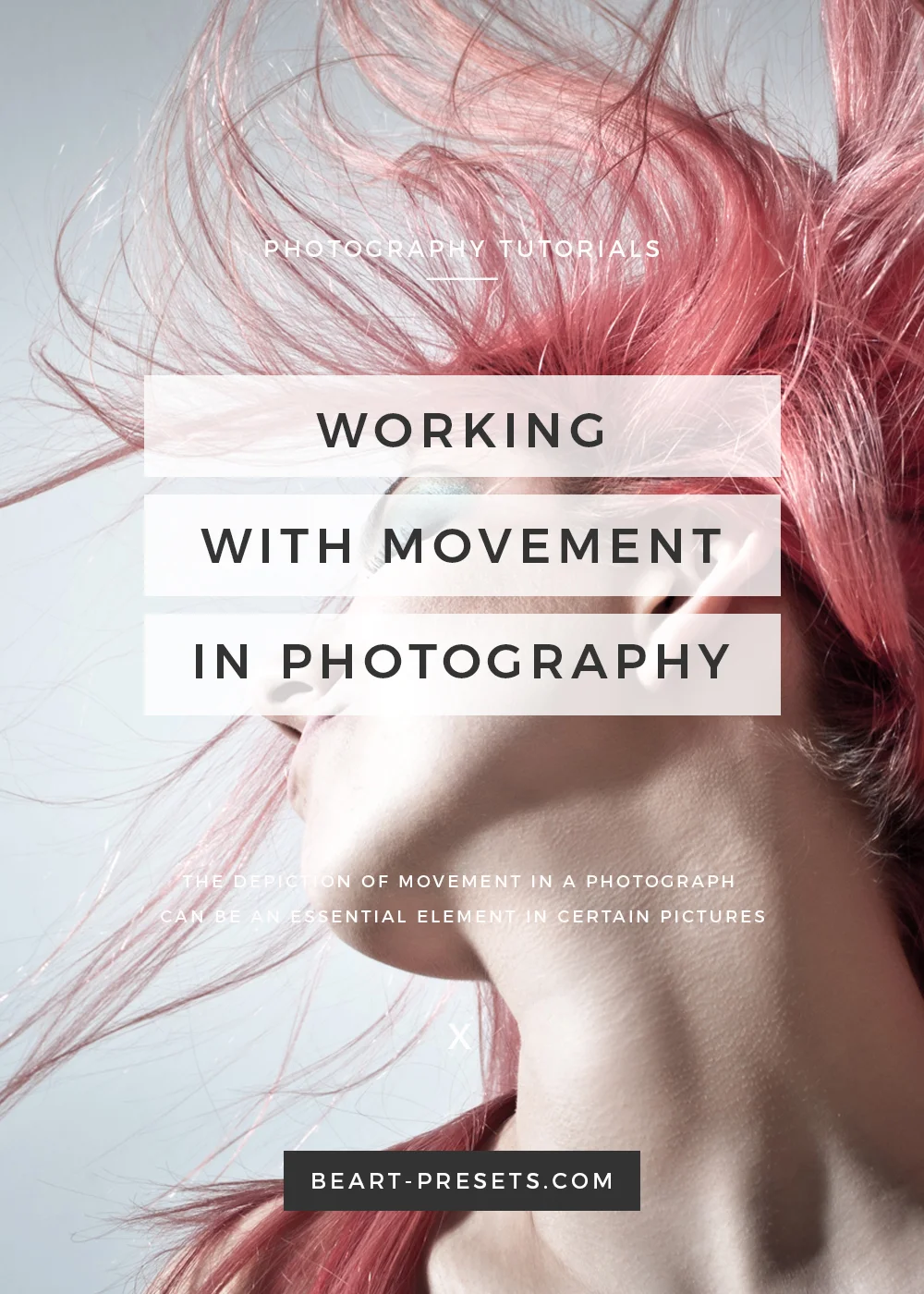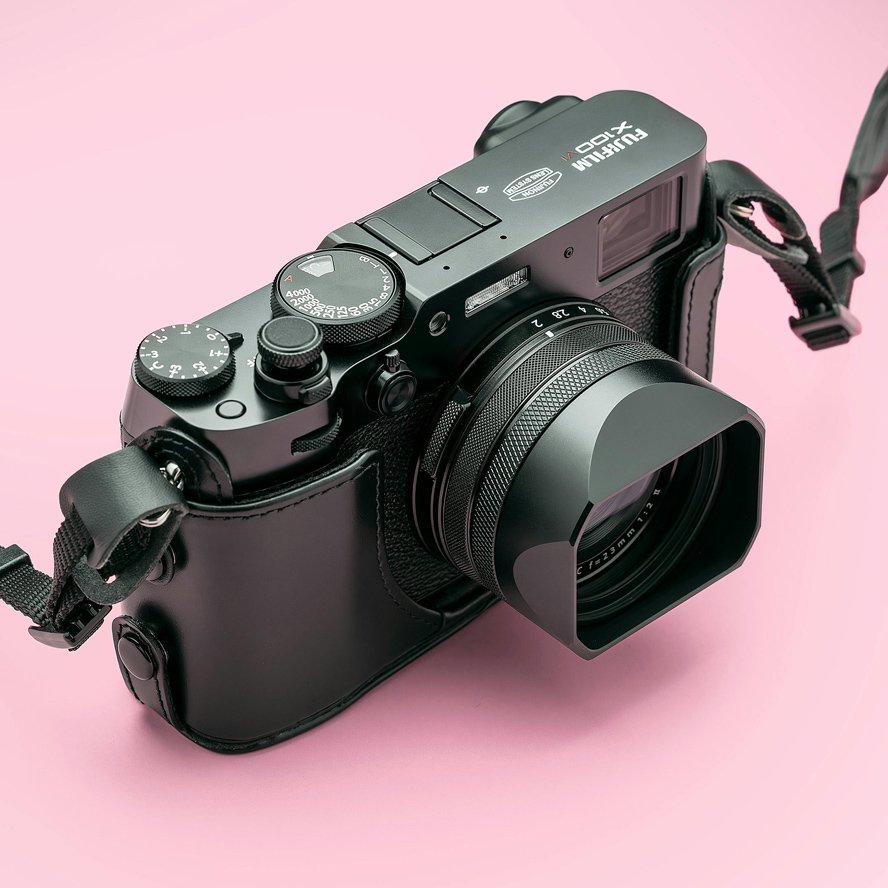Working with Movement in Photography
The depiction of movement in a photograph can be an essential element in certain pictures. Without captured action (which appears as a blur), the viewer might be left guessing as to what was happening in an image. Without a noticeable blur, was the racecar zipping along a track or was it still? Was the bus parked or moving along the street? Was the child chasing the ball?
Whatever the style or picture, capturing movement can add authenticity and dimension to an image. Action can change the context, energy, or even the overall emotion. The photographer can bring the image alive by capturing movement.
Two things to keep in mind: the faster your shutter speed, the more you sharpen (and likely stop) movement. The slower the shutter speed, the more you blur any motion.
In this post, we will discuss several ways to work with movement in your photography.
About shutter speed:
There are several things you must keep in mind about shutter speed. When your shutter speed is slowed down, and thus open longer, your camera senses the movement in the image, captures the action, and depicts it as a blur to convey movement. By selecting a slower or longer speed, you will catch motion through blur rather than freezing the motion.
Selecting the correct shutter speed comes with some practice and experience. You should ask yourself the following when trying to choose shutter speed:
- How much emotion do you want to convey or capture in the image? You will also need to consider the speed of the object. You can’t apply the same shutter speed to two objects moving at different speeds and expect the same results.
- How fast is the action moving?
- What’s the distance between you and the movement?
Our advice is to practice and try various speeds. Keep in mind the speed of the motion when you’re reviewing your images. Different shutter speeds with multiple actions speeds won’t give you consistent information to study.
Shutter Speed and Light:
The longer the speed, the more light that enters your camera. But, too much light and you risk over-exposing the image. You will need to factor light into shutter speed selection. To make things a tad easier on yourself, you can set your camera to Shutter Priority Mode rather than on full Manual.
- Shutter Priority Mode allows you to set the shutter speed, but the camera will set Aperture which controls exposure. This mode helps ensure enough light while you control shutter speed and how you depict movement.
- Full Manual Mode allows the more ambitious or experienced photographer to manipulate and control aperture for light and shutter speed for blur. You will need to practice how set your aperture not to capture too much light while slowing your shutter speed just enough to capture movement. It’s all a game of balance. Decreasing your aperture reduces the amount of light you let in. You will need to modify it proportionally to how much you slow your shutter speed. Instead of adjusting your aperture, you could try decreasing your ISO setting to reduce light exposure. It’s not as complicated as it sounds, and with some practice, you will achieve it.
Depicting Movement:
There are two main ways to depict or capture movement. Here is how you can do that:
- You can blur the action in the background while keeping the subject or another element sharp. For example, in an image of a bus stop, you may want to keep passengers (subject) waiting for the bus sharp but blur the motion of the bus (background) pulling up. To do this, slow your shutter speed while panning your camera along the movement path.
- If you would prefer to leave the background sharp, you can slow the shutter speed while maintaining your camera steady with a tripod or other equipment. This technique gives the appearance that the motion is fast-happening.
Capturing movement is truly a practice-makes-perfect element of photography. It will take some practice to manipulate, control, and capture movement so that it appears as you want it to in your photography. However, the results can be very well worth the effort.













